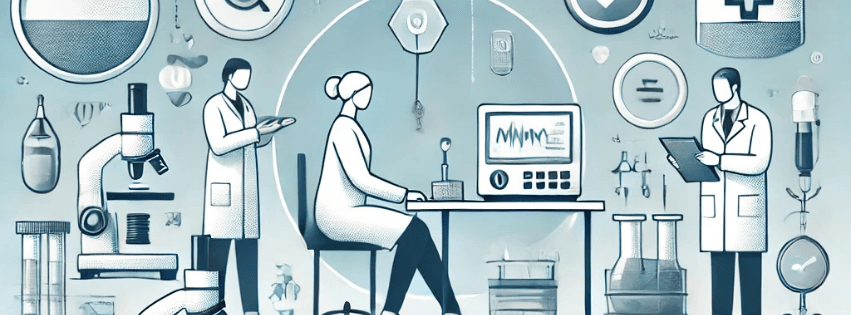Sampling is a crucial statistical methodology. Sampling is ubiquitous in many industrial sectors. However, in the medical device industry, its application is of particular importance. Production has direct implications for patient health and safety. This article explores how sampling is used in the medical device sector. And why it is essential for ensuring the quality and conformity of medical products.
What is sampling?
Sampling involves selecting a representative part of a population in order to draw conclusions about the whole. In the medical device sector, this often means testing a number of products or batches to check their compliance with quality and safety standards. Software such as Ellistat IQC moduleThis approach ensures that our products are safe and effective, without having to test every single unit manufactured. This approach ensures that products are safe and effective without having to test every unit manufactured.
Importance of sampling in medical devices
- Quality assurance : Sampling helps to ensure that medical devices meet the required quality standards. This enables manufacturers to identify and correct defects before products are put on the market.
- Regulatory Compliance : Regulatory bodies such as the FDA in the USA, or the EMA in Europe, require proof of quality and safety. Sampling makes it possible to collect this evidence efficiently and cost-effectively.
- Cost optimization : Testing every single production unit would be extremely costly and impractical. Sampling reduces costs while maintaining a high level of confidence in product quality.
- Risk Management : By identifying potential defects early in the production process, sampling contributes to proactive risk management. This avoids costly product recalls and risks to patients.
Applying sampling to the life of a product
Sampling plays a crucial role throughout the lifecycle of a medical device, from design to production, verification and validation.
- Design verification : During the design phase, sampling is used to test prototypes. It ensures that they meet performance and safety specifications. In this way, design faults can be identified before series production is launched.
- Process Validation : Sampling is also essential for validating manufacturing processes. By testing product samples at different stages of production, manufacturers can ensure that processes are capable of consistently producing compliant devices.
- In-process control : During production, sampling enables regular inspections to be carried out to check that products continue to meet quality standards. For example, you can SPC (statistical process control) is an example that is widely used in the industry
- Final control and inspection : Prior to marketing, samples of finished products are tested. This ensures that they comply with regulatory specifications and quality requirements. This final control stage enables us to detect and correct any problems before the products are used by patients.
In the process of developing a medical device, it is crucial to note that sampling methods vary significantly from one stage to the next. This adaptation is essential to ensure consistency, accuracy and conformity throughout the manufacturing process.
Practical application
Let's take the example of an orthopedic implant manufacturer. Using sampling, this manufacturer can test a representative number of implants from each batch for compliance with technical specifications and safety standards. This ensures that every product implanted in a patient meets strict performance and safety requirements.
Conclusion
In conclusion, sampling is an essential practice in the medical devices sector. It enables us to guarantee quality. But also to comply with regulatory requirements. And finally, to optimize costs and manage risks effectively. By applying rigorous sampling methods, medical device manufacturers can ensure that their products are safe and effective. In so doing, they protect patients' health and strengthen public confidence.
For professionals in the medical device industry, a thorough understanding of sampling and its applications can not only improve product quality, but also foster innovation and regulatory compliance. In short, adopting a systematic and rigorous approach to sampling is a valuable investment in the future of global health.


